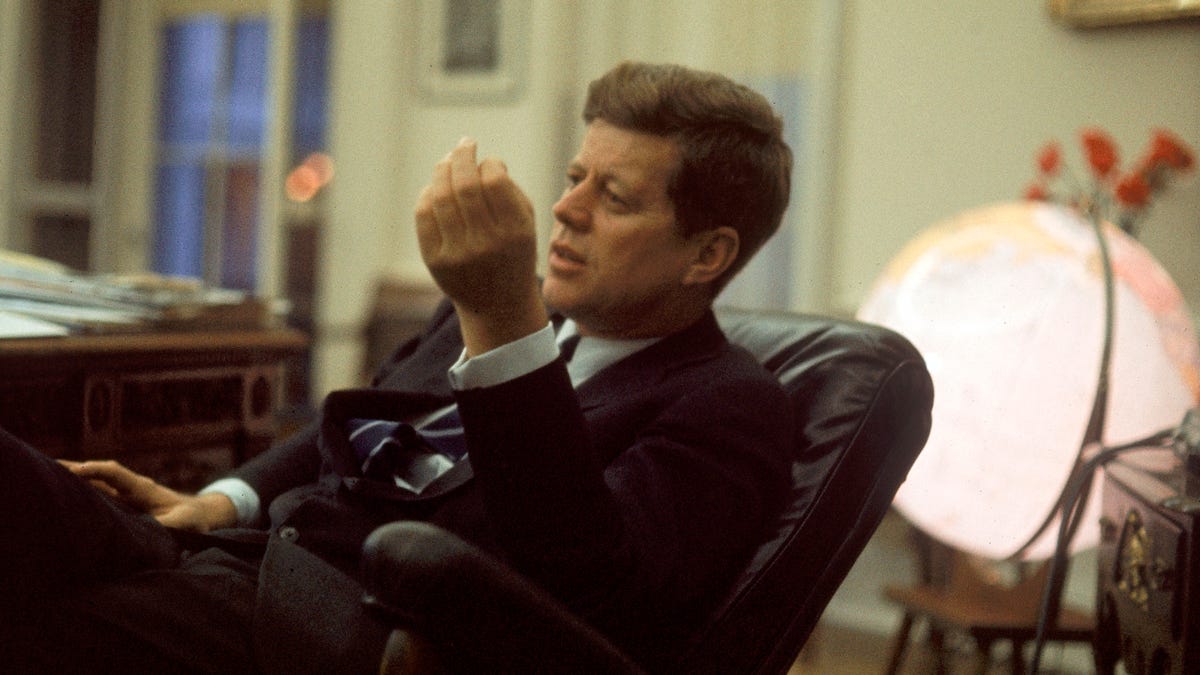John F. Kennedy assassination bullets preserved as detailed 3D models
Digital versions of the bullets fired from Lee Harvey Oswald's rifle will be available for the public to inspect online.

President John F. Kennedy in his White House office in April 1961. The preserved bullets are a grim reminder of a dark moment in American history.
The bullets used in the assassination of President John F. Kennedy in 1963 are grim but important artifacts from American history. They will soon be available for the public to study in unprecedented detail.
NIST created 3D digital models of the bullets used in the Kennedy assassination, including this fragment from the bullet that fatally wounded the president.
The National Archives in Washington, DC, stores the fragments of the bullet that killed Kennedy (along with other bullets from the same gun), but loaned them to the National Institute of Standards and Technology to have them preserved as detailed 3D digital models.
The Archives has turned down research requests due to the fragility of the bullets. "This project will allow the Archives to release the 3D replicas to the public while the originals remain safely preserved in their temperature and humidity-controlled vault," NIST said in a statement on Thursday.
This bullet was known as the "stretcher bullet."
The NIST ballistics team used a 3D surface-scanning microscope to create the high-resolution models. The collection includes the fragments, as well as bullets from assassin Lee Harvey Oswald's rifle later test-fired by investigators and the projectile known as the "stretcher bullet." This bullet struck both Kennedy and Texas governor John Connally.
"The virtual artifacts are as close as possible to the real things," said Martha Murphy from the National Archives. "In some respects, they are better than the originals in that you can zoom in to see microscopic details."
NIST scanned the bullets, but didn't perform a forensic investigation of the artifacts. It will be up to others to study them more closely. The National Archives plans to make the 3D models available online in early 2020.

